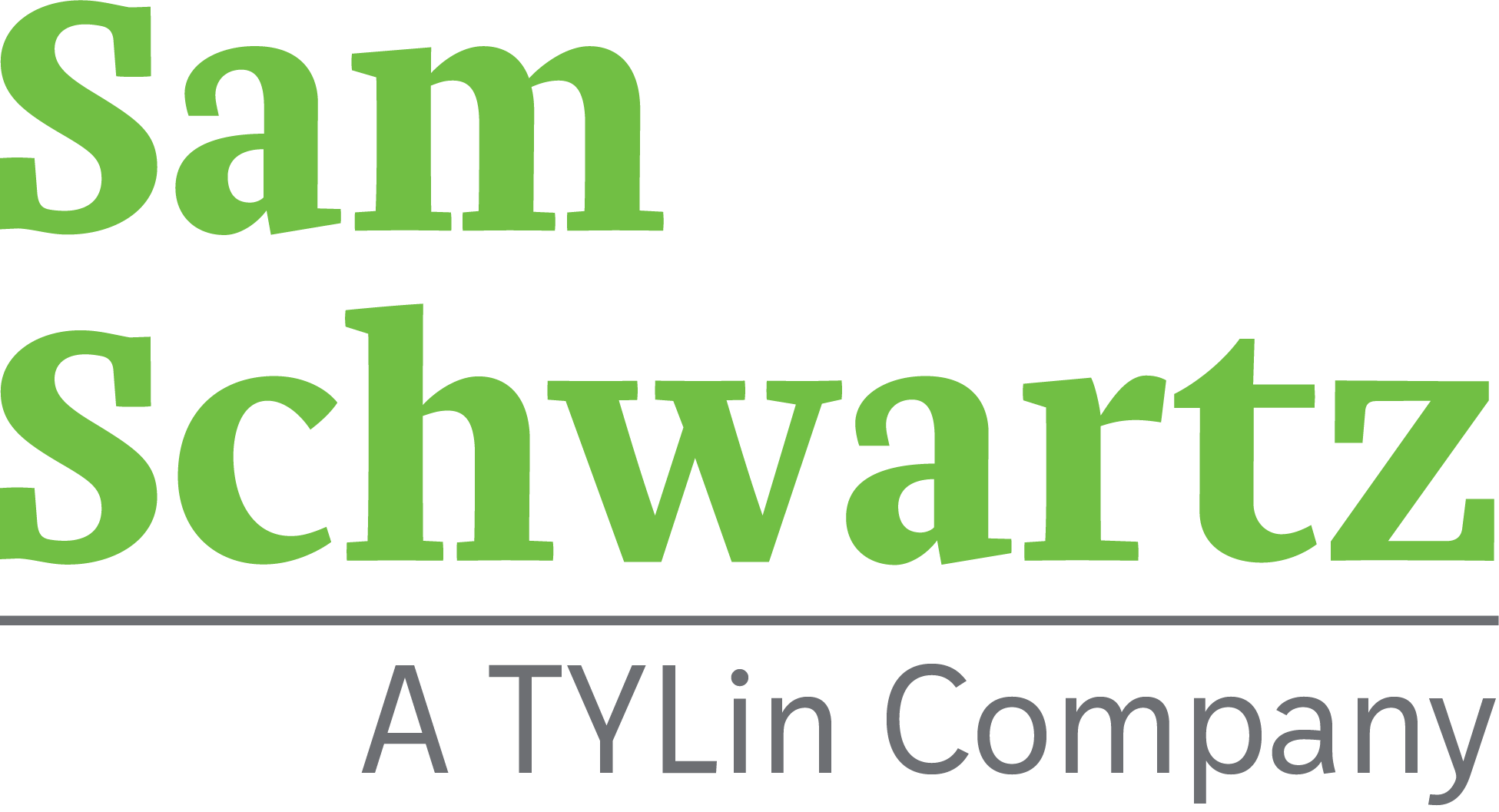Location
Buffalo, NY
Client
New York State Department of Transportation (NYSDOT)
Services
Traffic Engineering
Traffic Simulation
Travel Demand Management
Alternatives Analysis
Buffalo Skyway Removal Project
Sam Schwartz is providing traffic engineering and transportation planning services in support of the preparation of a Project Scoping Report, Design Report, and Environmental Impact Statement (EIS) for NYSDOT’s proposed removal of the Buffalo Skyway and construction of associated improvements to various roadways, freeways, and toll facilities. This project is under joint lead agency guidance of both FHWA and NYSDOT and will follow NEPA guidelines and procedures. The purpose of the project is to realign the existing transportation network to support existing and planned recreational, mixed-use, and waterfront development in the Buffalo Outer Harbor and Inner Harbor areas. The project will also address the safety, operational, and capacity deficiencies of the highway connections that serve economic development areas and local communities.
Along with the proposed removal of the Buffalo Skyway, the project includes the design of a new connector highway and improvements to I-190, including a potential widening by one lane in each direction. As a subconsultant to TY Lin International, Sam Schwartz is performing the following services: alternatives analysis, traffic volume forecasts and diversions based on travel demand modeling in coordination with the Greater Buffalo Niagara Regional Transportation Council (GBNRTC) , VISSIM simulation calibration and analysis, and developing and evaluating operational improvements to I-190 mainline and interchanges, adjacent corridors, and affected intersections. The VISSIM model encompasses highways, interchanges (existing and new), arterials, and signalized and unsignalized intersections, including significant portions of Downtown Buffalo’s urban street grid.
Sam Schwartz is also leading the development of Travel Demand Management (TDM) measures that could minimize future traffic growth in the region, as well as researching trends in telecommuting, including the anticipated lasting effects of remote working in a post-COVID-19 environment. Traffic analyses are being performed for the 2025 (ETC) and 2045 (ETC+20) design years.

